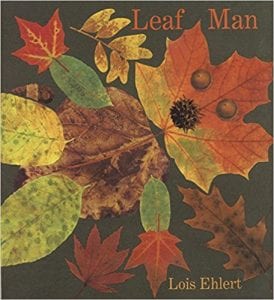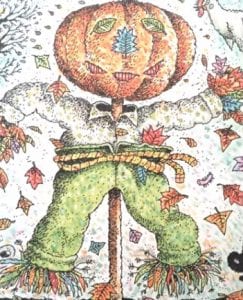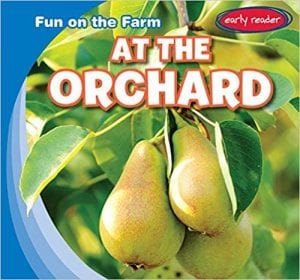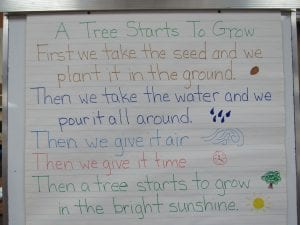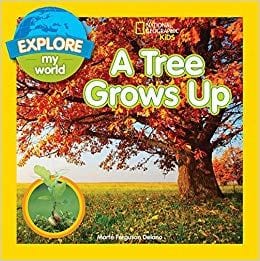Lately I’ve been working on putting together a collection of books and accompanying resources that can help students strengthen their friendship skills. A new school year brings new classroom groupings, and I want our students to be prepared for making (and keeping!) new friends. We also have more new students in our building than normal this year, so it’s important for the “old-timers” to realize how hard it can be for the newcomers to start over in a new situation. I’m hoping the following titles will inspire them!
Books to Welcome New Students
 The Day You Begin written by Jacqueline Woodson and illustrated by Rafael Lopez
The Day You Begin written by Jacqueline Woodson and illustrated by Rafael Lopez
A touching story about students who are starting over in a new country (America), and how hurtful it is when their classmates aren’t accepting. The illustrations are charming, and the closing lines of the story rejoice over the fact that “every new friend has something a little like you — and something else so fabulously not quite like you at all.” A standout collaboration between an author who has won the Newbery Honor award and the Coretta Scott King award, and an illustrator who has won the Pura Belpre’ Illustrator award.
The Curriculum Corner offers an extensive book study printable packet for the book.
Here’s the Brightly Storytime read-aloud of the Book:
 Duck at the Door by Jackie Urbanovic
Duck at the Door by Jackie Urbanovic
This title is not new, but I love the exuberant story of Max the Duck, who comes in from the cold and then makes himself completely at home. At first the other animals in the household aren’t quite sure what to make of his hobbies and messes, but when he leaves to rejoin his flock they realize that he had truly become part of the family. The ending espouses a “the more the merrier” outlook that can often be needed in the classroom when newcomers join the group after the year has begun, and everyone has to adjust to the change.
Urbanovic offers a Duck at the Door coloring sheet on her website. And students who fall in love with Duck will be happy to learn there are three sequels: Duck Soup, Sitting Duck, and Duck and Cover.
Books for Being a Good Friend
 Be Kind by Pat Zietlow Miller and illustrated by Jen Hill
Be Kind by Pat Zietlow Miller and illustrated by Jen Hill
Here we see the main character pondering what it actually means to be kind, both in the classroom and out in the world. Is it cleaning up after the class pet, choosing to include the new girl in class, making cookies for an elderly neighbor who lives alone, recycling a bottle? And can one person’s act of kindness inspire others to pay it forward until it reaches all around the world? The author acknowledges that being kind can be hard — even when you know what to do — and it’s up to each individual to decide to make that choice. These are important ideas for children to grapple with, and brainstorming additional acts of kindness is a natural follow-up activity.
The official book trailer includes interviews with several kids about their experiences with kindness, which can inspire students engaging in their own discussions::
 How To Grow A Friend by Sara Gillingham
How To Grow A Friend by Sara Gillingham
This book is an extended metaphor that compares nurturing friendships to tending a garden. The text gives an outline of the steps necessary for building and sustaining relationships, while still leaving room for a class discussion on the meaning of each piece of advice. For example, Gillingham suggests that friendships need space to bloom, and she warns that sometimes friends bug you. Students can then offer their own ideas of what that means, and what it might look like in real life. The illustrations are delightful and almost demand a follow-up art and/or gardening activity.
Here’s a link to a story hour guide for the book. (I love the printable friendship bracelets!)
 Blue vs Yellow by Tom Sullivan
Blue vs Yellow by Tom Sullivan
Blue and Yellow argue about which color is best, until an accidental collision shows what they can do when they join forces. Then Red comes along, and they have to decide whether or not to include another color. This book is a humorous reminder that you won’t win friends by constantly bragging about yourself, and that when you share your talents with others you might be surprised at what you can achieve. The format of the story can also serve as a model for student writing about other colors competing against one another (red vs yellow, blue vs red) and what types of partnerships might result.
Here’s the official trailer for the book:
Do you have additional resources or ideas for using these books? Do you have other favorite books about friendship that you share with your students? Please tell us about them in the comments!



